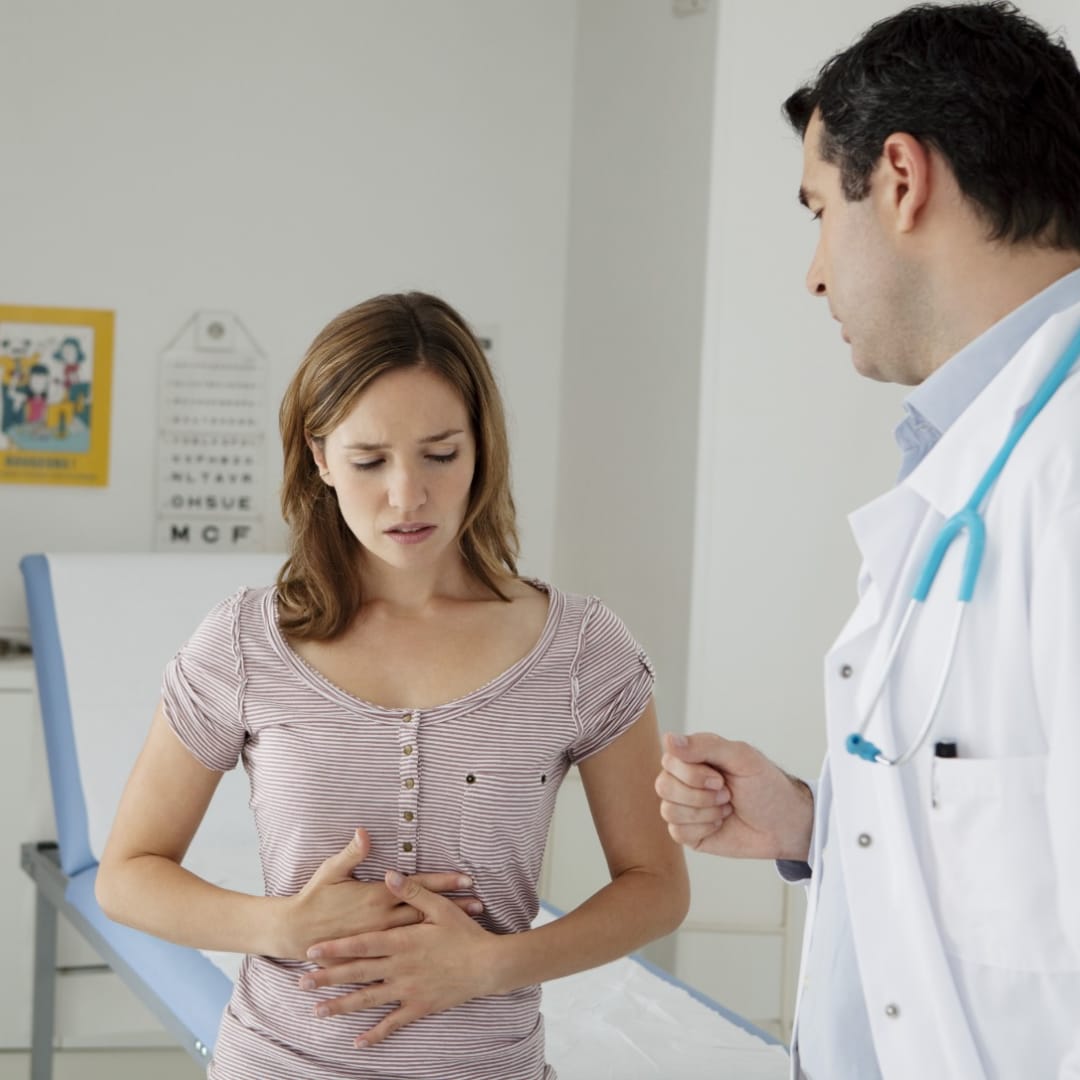WHAT IS ENDOSCOPY?
Endoscopy is the examination of the internal organs that make up the digestive system by entering through the mouth without the need for surgical intervention.
The main organs examined during endoscopy are the esophagus, stomach and duodenum (large intestine).
What are the preparations made before endoscopy?
The patient who will have endoscopy should not eat or drink anything from the night before.
If the patient's stomach or large intestine will be examined through endoscopy, the procedure must be fasted.
Otherwise, there may be difficulties in making the desired clarity and definitive diagnosis during the procedure.
How is Endoscopy Performed?
The endoscopy device has a camera at the tip. It is approximately one meter long and has a flexible structure.
In addition to diagnosing diseases thanks to the camera at the end of the endoscopy device, biopsies can be taken and some treatments can be performed with the devices attached to the end of the endoscope.
Before starting the procedure, the back parts of the mouth and throat are anesthetized with local anesthetic spray. Then the patient is laid on the left side. During sedation, the patient is put to sleep under close monitoring with intravenous sedoanalgesia drugs. Partial oxygen pressure is monitored with a finger pulse oximeter device. The patient's heart is monitored. rhythm is followed.
What is Done During the Procedure?
During endoscopic procedures, biopsy pieces are taken for pathological examination from the body part, called carpus, and from the areas called artrum, near the exit of the stomach, with a small device called biopsy forceps passed through the endoscopy channel.
By examining the samples taken, the presence of Helicobacter pylori bacteria on the stomach surface, the severity of gastritis, and the presence of intestinal metaplasia are generally evaluated. More therapeutic procedures can be easily performed during the gastroscopy procedure. Removal of polyps in the stomach, disintegration and removal of petrified foods called bezoars that form over time in the stomach, accidentally Foreign substances (such as pins, batteries)
removal is an example of these.
What to Pay Attention to After Endoscopy?
The patient's recovery time may vary depending on the medications given for sedoanalgesia. With some sedation medications, the time may take up to 30 to 60 minutes. It is strongly recommended that these patients do not drive, carry out signed work, or engage in responsibilities that require responsibility for precautionary purposes. There may be mildly disturbing symptoms after the procedure. These are; bloating, sore throat and cramps.
In what cases is endoscopy performed?
chronic abdominal pain
reflux
Stomach ulcer
Constant nausea
bad breath
difficulty swallowing
Esophageal ulcer
Chronic diarrhea or constipation
infections
tumors
polyps
gallbladder stones
abnormal weight loss
They are disorders of the digestive system.
Are There Risks in the Endoscopy Procedure?
Since the endoscopy device has a very flexible and sensitive structure, it does not harm the patient. Therefore, the risk of complications during the procedure is very low. However, in some patients, endoscopy side effects may occur in the form of sore throat that may last for a few days or fatigue due to anesthesia. In some patients, in rare cases, ; There may be conditions such as heartburn, abdominal pain, vomiting and difficulty breathing.
If these findings occur, you should consult your doctor.




